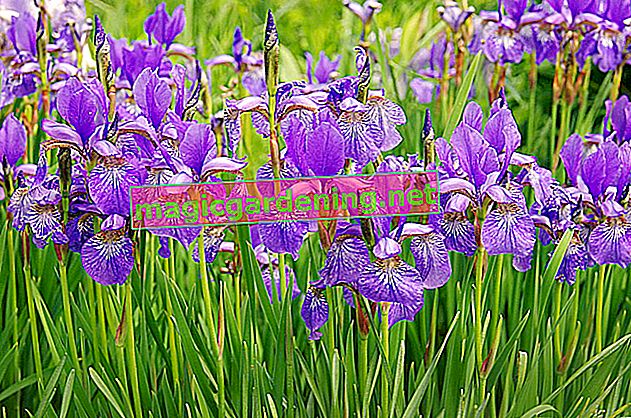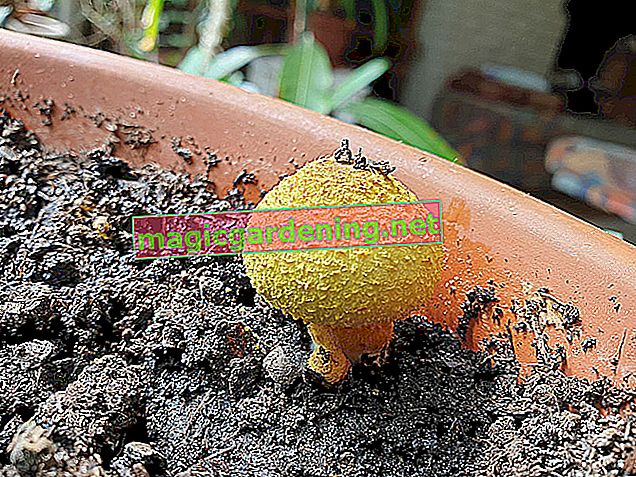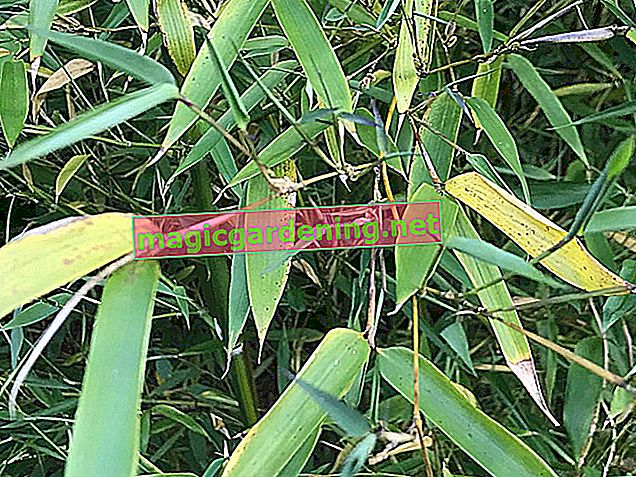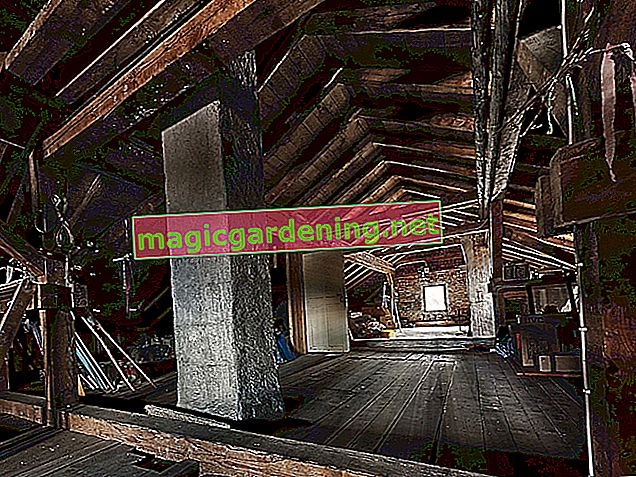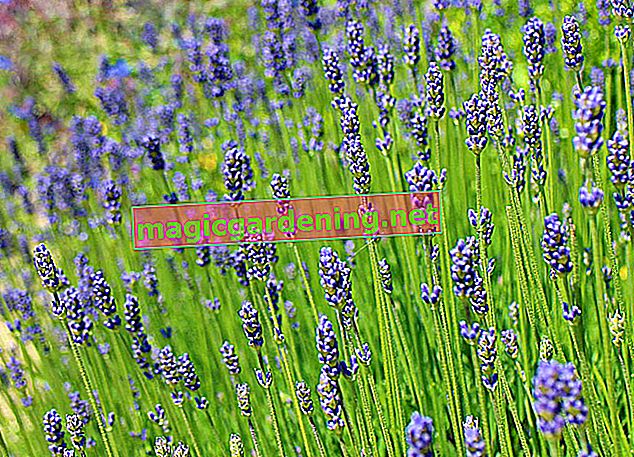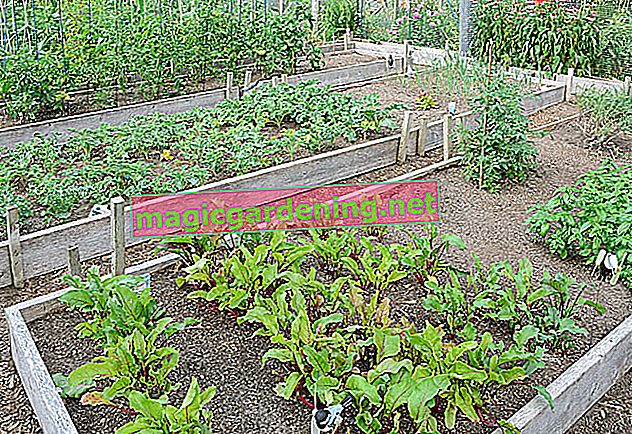
What goes best where?
When growing fruit and vegetables, it is important to “get out” as much as possible from the available space. This requires precise planning, which among other things takes into account the appropriate planting for the existing soil conditions, but also the best possible “timing” over the course of the year.
also read
- Plan and create a vegetable garden
- This is how you plan your vegetable garden - effectively for more yield
- For abundant year-round flowering - plan the flowerbed optimally
Choice of types and varieties
This includes, for example, keeping an eye on the location when selecting the species and varieties. Some plants need full sun and dry soil to thrive, while others feel better in partial shade and with a humus-rich soil. In addition, different varieties of a species also differ, and not just in taste and appearance. For a number of vegetables, for example, there are varieties that are only suitable for certain growing periods.
Sowing and planting dates
It is essential that you adhere to the sowing periods indicated on the seed bags, because earlier or later sowing or planting will impair both the growth of the plants and later the yield. Only if you want to prefer certain vegetables such as tomatoes, you can do this either in late winter on the windowsill or in early spring under glass or foil. However, preferred is not suitable for all vegetables.
Think about the later harvest quantities!
In addition to when and where, how much is also relevant when planting: So that you are not disappointed with the small yields in summer, you need appropriate planting. The following applies here:
- Vegetables such as cabbages, onions, radishes etc. can be estimated quite well based on the expected harvest volume. Here you can count on one vegetable per plant and plan the planting quantities accordingly.
- This is more difficult with fruit vegetables such as zucchini or many herbs: just one to three plants can cause a real flood.
- For other vegetables such as potatoes, beans or spinach, you need a lot of plants (and accordingly a large area of cultivation) so that more than just a modest meal comes out.
Pre- and post-crop, subsequent crops
Species with a short cultivation period can be used well to use the area before or after a main crop is grown. But you can also re-sow these species (including salads, spinach, radishes, dill and chervil) every two to four weeks and enjoy them fresh all year round.
Crop rotation and rotation
However, during pre- and post-cropping, pay close attention to what is being grown in the same place one after the other. Some plants do not harmonize with each other at all, while others complement each other perfectly. The crop rotation has a decisive influence on the health and vitality of the plants. The same applies to mixed culture.
Tips
Perennial vegetables such as asparagus or rhubarb as well as perennial herbs and strawberries save some planning considerations for at least a few years. Please note, however, that many of these species tend to spread rapidly and must therefore always be kept well in check.


